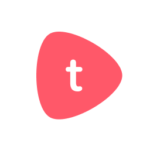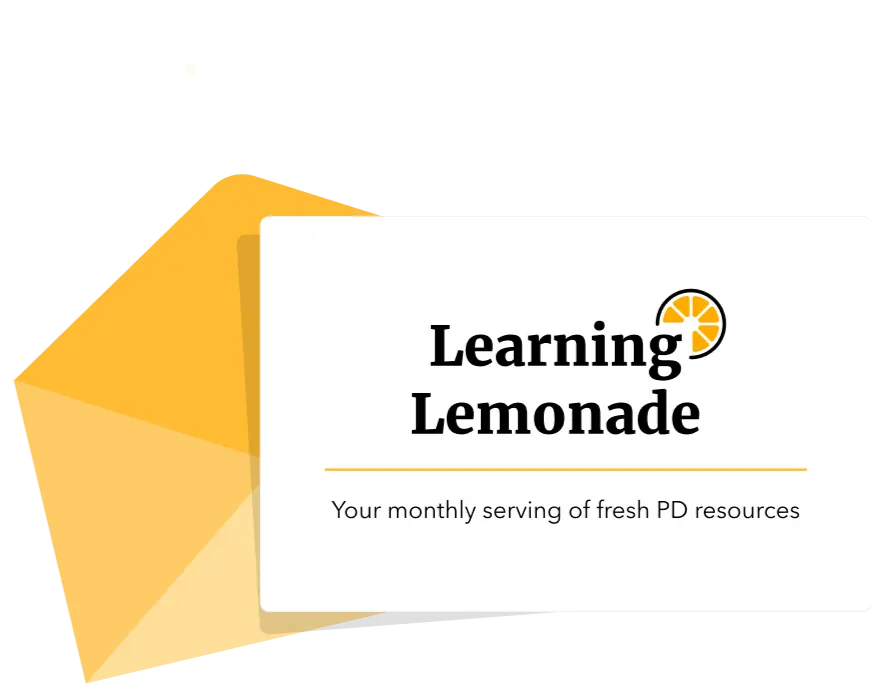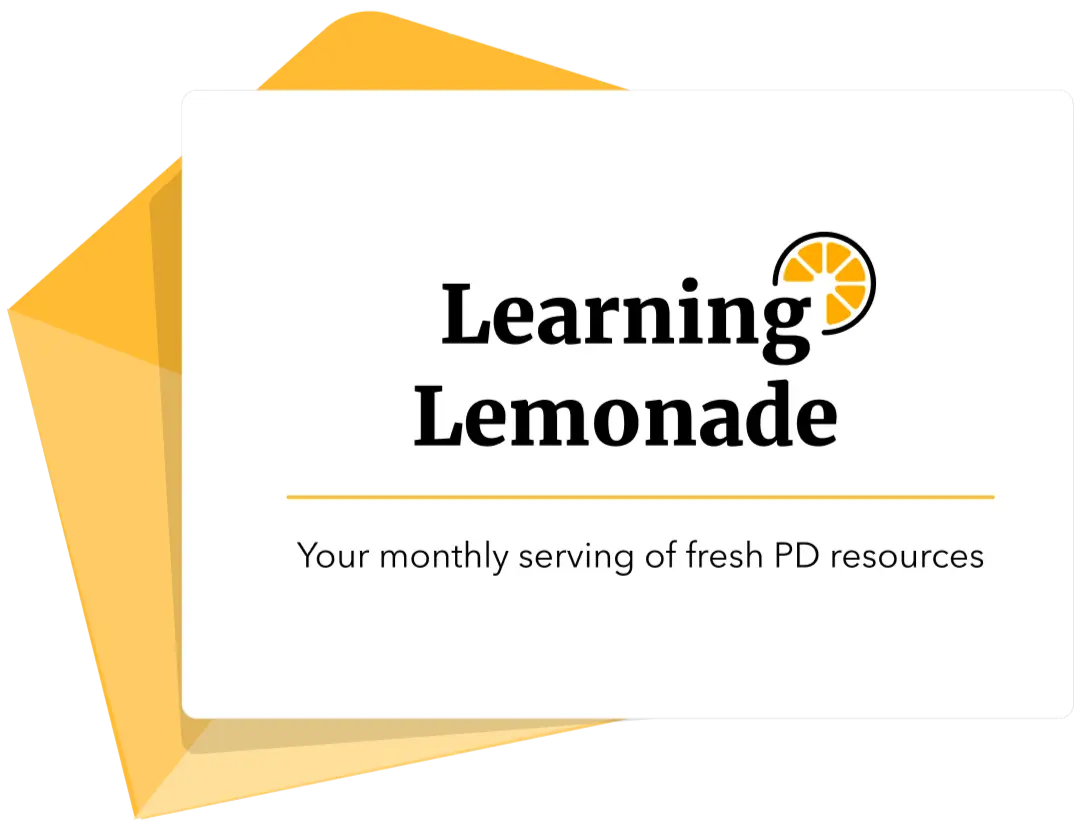Teaching young students can be creatively challenging – those bustling minds are always looking for exciting ways to learn. To capture and keep their fleeting attention, your learning experiences need to be informative but creative, inspiring but easy, collaborative but not too competitive…that’s a fine line to tread!
Here’s where Toddle’s workbooks come in handy – they help you balance and blend information, creativity, and collaboration, ultimately turning classroom ‘to-do’s to ‘love-to-do’s for your students!
With Toddle, you can now combine audios, videos, colours, shapes, links, and text – all in one workbook – and create wholesome learning experiences for your students.
To help you get started, our PYP educators have put together 14 engaging workbooks involving games, quizzes, drag-drop puzzles, comic strips, animations, scratch-to-reveal activities, and more.
Pick the ones that suit your students’ needs, edit them to your liking, and share them with your students – all from one place!
Classroom Activities
on Toddle Community!

Shapes lend themselves beautifully to hands-on learning. Get your students to combine and measure shapes on geoboards and explore repeating, growing, and shrinking patterns in the objects around them. These activities are sure to nurture your students’ spatial awareness and motor skills.
Establishing a reading routine helps stimulate imagination, increase attention span, and build mental stamina (experts recommend that kids read at least 20 minutes every day!). Unpack the elements and emotions of your students’ favourite stories on visual story arc boards so they can comprehend and appreciate plotlines better.
3. Get artistic
Art and science go hand-in-hand in understanding the world around us. Help your students learn about the life cycles of animals, plants, water, and other resources through sketches. Notice how your students care a lot more for the planet as they finish these activities!
Lose those boring geometry worksheets! With Toddle, your students can visualize complex shapes on geoboards and measure areas and perimeters through interactive games. Math, art, and fun – all in one learning experience!
Don’t let remote learning hamper fun back-to-school activities! Get your students to open up about their favourite colours and pets, meet new friends through team games, and express their aspirations with audios, videos, and vision boards. (The ideal set of activities to start off the academic year!)
6. Get familiar with fractions
Most students find fractions challenging, but real-life examples can cut through all the jargon. Explore the basics of fractions using simple 2-D shapes, draw connections to their favourite foods and toys, and let them learn hands-on with vivid fraction quilts.
7. Discover visible thinking routines
Visual thinking routines help assess prior knowledge, develop new ideas, and prepare for deeper inquiry. Encourage your students to explore and interpret different perspectives of topics on visual charts or graphs, and track how their reasoning changes over time.
Sorting activities improve your students’ observational and numeracy skills, and prepare them for lifelong literacy. Help your students learn how to classify books, animals, plants, toys, and the other objects they see every day using drag-drop puzzles.
Pique your students’ passion for the language arts with audio-visual activities. Get them to identify and sound out vowels, consonants, phonics, and rhyme schemes in names, poems, stories and more using the audio/ video recording options on the Toddle student app.
In addition to being a life skill, telling time also improves motor and mathematical skills. Teach your students to read and write time with animated analog clocks, and make connections between the time of the day and their routines using Venn diagrams, pie charts, and other tested math manipulatives.
Make multiplication memorable without those abstract tables. Use simple guiding arrays, colourful multiplication wheels, and skip counting exercises to help your students grasp the concept visually.
12. Encourage student reflections
These activities are sure to be a valuable measure of progress and can also set the direction of learning. Use thought-provoking prompts and guiding checklists to encourage students to reflect on their learnings, evaluate literacy skills, and expand their emotional vocabulary.
13. Discover crosswords, word searches, and puzzles
Teach your students numbers, words, and colours using this collection of engaging activities. Get them hooked using crossword puzzles, word searching activities, boggle templates, bingo sheets, and sudoku puzzles. A fun way to hone their logical and problem-solving skills!
14. Getting started: Toddle workbook 101
Wondering how to get your students started with these workbooks? This quick guide can help students get familiar with the different ways they can express their learning using Toddle workbooks.
Classroom Activities
on Toddle Community!









